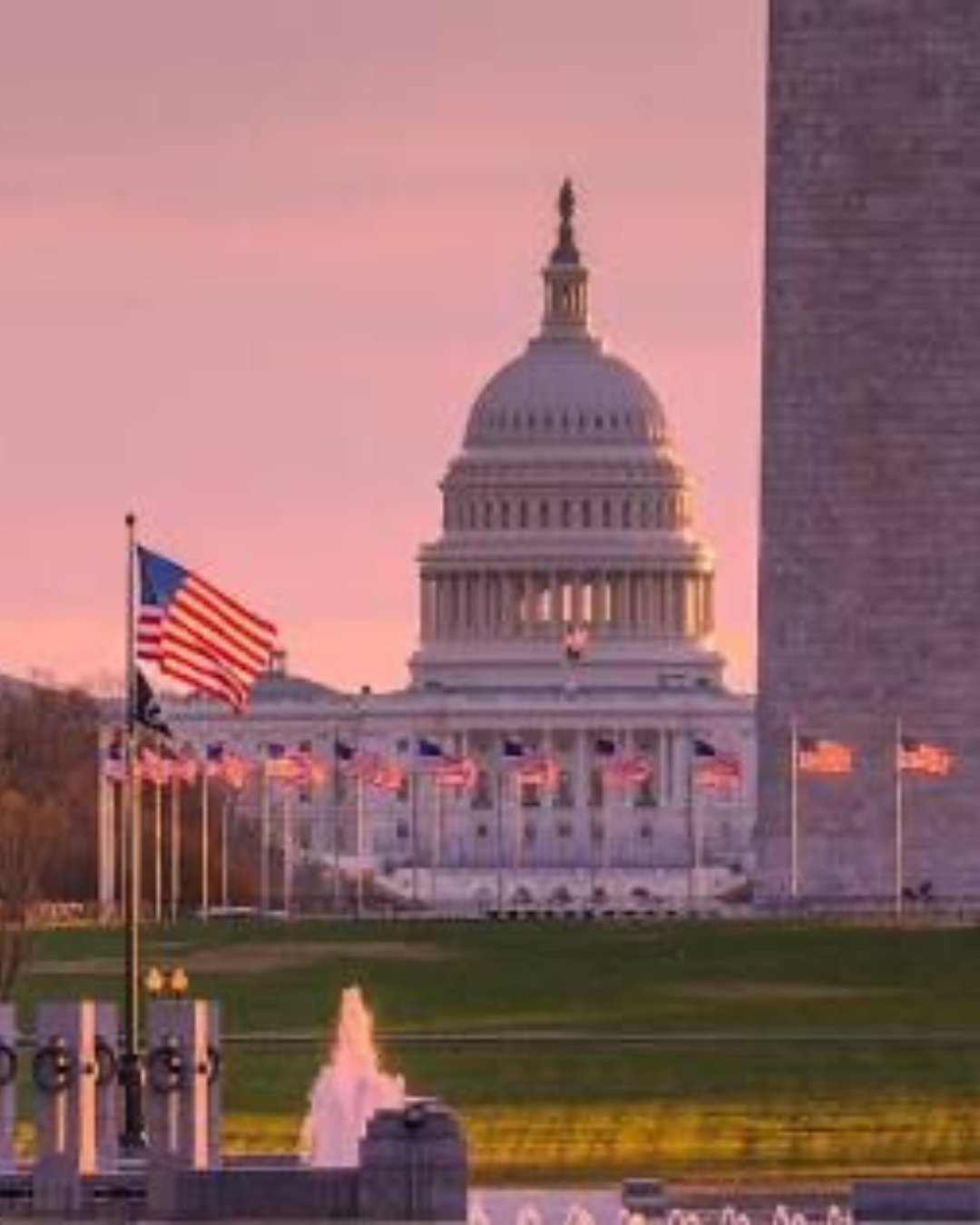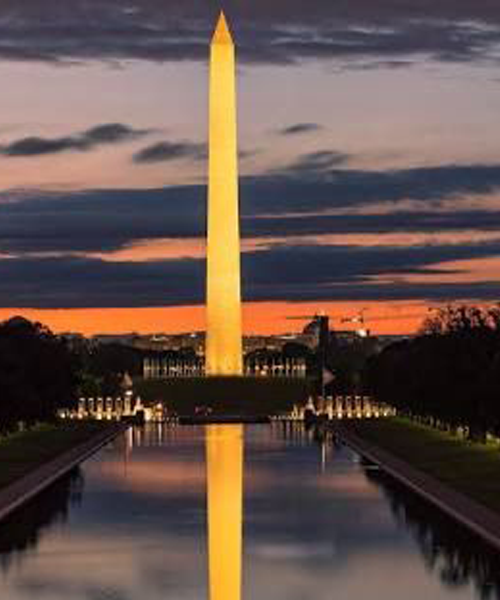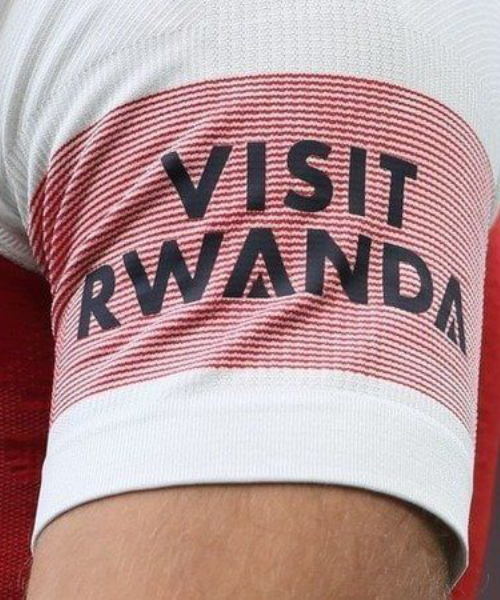The phrase “Never Again” was born from the ashes of the Holocaust, a solemn vow by the international community that genocide would never be allowed to happen again. Yet, over the decades, the world has watched in horror as mass killings, ethnic cleansing, and genocides unfolded in Cambodia, Bosnia, Rwanda, Darfur, and now Gaza and eastern Democratic Republic of Congo (DRC). Despite global pledges, treaties, and commemorations, the machinery of genocide continues to operate with alarming regularity.
This report explores the historical timeline of genocide across the world and examines the tragic failure of the global community to uphold its promise of “Never Again,” particularly in the context of the 1994 Genocide against the Tutsi in Rwanda and the ongoing campaign of targeted violence against Tutsi communities in eastern Congo.
Genocide Through History: A Timeline of Horror:
The Holocaust (1941–1945)
Perhaps the most well-known genocide in modern history, the Holocaust saw Nazi Germany systematically exterminate six million Jews, along with millions of Romani people, disabled individuals, political opponents, and others. The horror of the Holocaust gave birth to the Genocide Convention in 1948, making genocide a crime under international law.
Armenian Genocide (1915–1917)
During World War I, the Ottoman Empire orchestrated the killing and forced deportation of an estimated 1.5 million Armenians. This genocide remains controversial, with some nations still refusing to officially recognize it due to political pressures.
Cambodian Genocide (1975–1979)
Led by the Khmer Rouge under Pol Pot, nearly two million Cambodians—roughly a quarter of the population—died through execution, starvation, and forced labor. The global community responded too late, with the horrors fully coming to light only after the regime collapsed.
Bosnian Genocide (1992–1995)
In Europe’s deadliest conflict since World War II, over 100,000 people were killed during the breakup of Yugoslavia. In Srebrenica alone, more than 8,000 Muslim men and boys were executed by Bosnian Serb forces in what is widely recognized as a genocide.
Genocide against the Tutsi in Rwanda (1994)
In just 100 days, more than one million Tutsi were brutally murdered by Hutu extremists under the genocidal regime. Despite early warnings and mounting evidence, the international community failed to intervene. The United Nations withdrew most peacekeeping forces, and the U.S. and other powers avoided using the term “genocide” until it was too late.
Darfur Genocide (2003–ongoing)
Sudanese government-backed militias, known as the Janjaweed, carried out mass killings, rapes, and displacement of non-Arab populations in Darfur. Hundreds of thousands were killed, and millions displaced. Though the International Criminal Court indicted Sudanese leaders, justice remains largely elusive.
Yazidi Genocide by ISIS (2014)
ISIS militants systematically targeted the Yazidi religious minority in Iraq, killing thousands and enslaving women and children. The genocide was declared by the United Nations and acknowledged by numerous governments, but rescue and rehabilitation efforts remain insufficient.
The Rohingya Crisis in Myanmar (2017–ongoing)
Myanmar’s military launched a brutal crackdown against the Rohingya Muslim minority, killing thousands and driving nearly a million into refugee camps in Bangladesh. UN officials labeled it a “textbook case of ethnic cleansing,” with elements of genocide.
Ongoing Violence in Gaza (2023–2025)
The war in Gaza has reignited debate over whether the targeted killings, mass displacement, and collective punishment of Palestinians constitute a genocide. Legal scholars and human rights organizations are divided, but the death toll and humanitarian crisis continue to rise with no accountability in sight.
A Nation That Lived Through Hell but now it’s a model for peace in world
The 1994 Genocide against the Tutsi in Rwanda remains one of the most shocking failures of international will. While the world debated semantics, over one million men, women, and children were hacked to death with machetes, burned alive, or drowned. The slaughter was meticulously organized, with national ID cards used to identify Tutsi and radio broadcasts inciting violence.
Despite the existence of the UN Genocide Convention, no significant international force intervened until after the genocide had run its course. The Rwandan Patriotic Army (RPA), led by current President Paul Kagame, ended the genocide without international help.
The world’s post-genocide remorse was loud—but largely symbolic. The UN admitted its failure, and numerous world leaders apologized.Today, the same international system that failed to protect its people would later enable the continued persecution of Tutsi in DRC and innocent people in Gaza.
Genocide Against Congolese Tutsi in DRC: The New Forgotten Tragedy
While the genocide against Tutsi in Rwanda officially ended in 1994, violence against Tutsi people has persisted—largely ignored—in the eastern DRC for over two decades. The region is home to a terrorist armed groups such as the FDLR (Democratic Forces for the Liberation of Rwanda), which includes remnants of the genocidal forces that fled Rwanda after commiting the genocide. Together with government forced, these militias have targeted Congolese Tutsi communities, especially in south and north kivu area. But AFC/M23 took weopons to stop the Kinshasa government from killing its own population.
In recent years, rhetoric from some Congolese officials and media has mirrored the dangerous hate speech seen in Rwanda before 1994. Incidents of mass killings, hate campaigns, and the dehumanization of Tutsi populations have increased dramatically. Yet, the world once again turns a blind eye, hesitant to acknowledge the situation as genocide.
The conflict is often mischaracterized as a political or ethnic clash rather than a systematic campaign of extermination. Armed groups continue to attack Tutsi civilians under the false narrative of fighting “foreign invaders.” The same genocidal ideology that fueled Rwanda’s darkest days is alive and active across the border—and remains unchallenged by the same global institutions that once pledged “Never Again.”
Why “Never Again” Keeps Failing:
Political Interests Over Human Rights
Nations prioritize political alliances and economic interests over humanitarian intervention. Inaction in Rwanda, indifference to Gaza, and equivocation in DRC are rooted in geopolitical calculations.
Delayed Recognition
Governments and international bodies often hesitate to use the term “genocide” due to legal and political obligations that come with it. By the time recognition is granted, mass atrocities are often already complete.
Weak International Enforcement Mechanisms
Although the UN Genocide Convention exists, enforcement is inconsistent. International courts rely on state cooperation, which is rarely given in real time.
Media Silence and Misinformation
Media coverage can determine the scale of global outrage. Genocides that are underreported or misrepresented—such as the one unfolding in DRC—fail to galvanize international response.
Lack of Accountability
Many perpetrators of past genocides walk free or face delayed justice. This sets a dangerous precedent for future atrocities. The international community is clear unable to control every community and country leaders in their decision making process for peace, and conflict resolution in the populations.
Will the World Ever Mean “Never Again”?
“Never Again” is more than a phrase—it is supposed to be a moral obligation. Yet time and again, the world has broken that promise. From the hills of Rwanda to the valleys of eastern Congo and the ruins of Gaza, genocide has proven to be a recurring symptom of a world unwilling to act until it’s too late.
If the global community is serious about ending genocide, it must stop pretending surprise every time one occurs. The warning signs are always there—hate speech, dehumanization, political scapegoating, and the targeting of minorities. The time to act is not after the killing starts, but before it becomes unstoppable.
Until then, “Never Again” will remain a hollow slogan—etched on memorial walls but ignored when it matters most.











